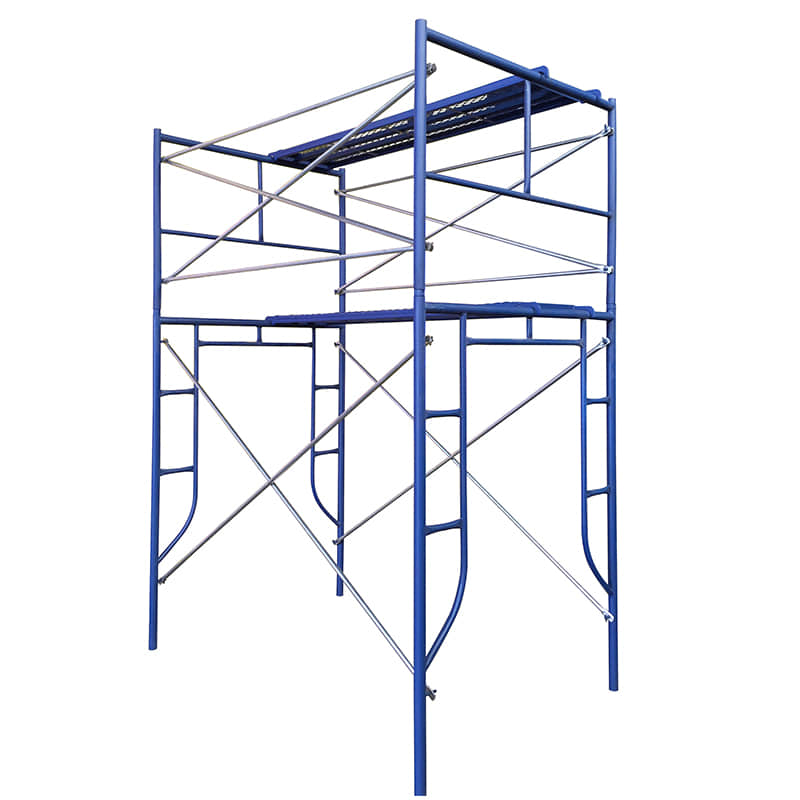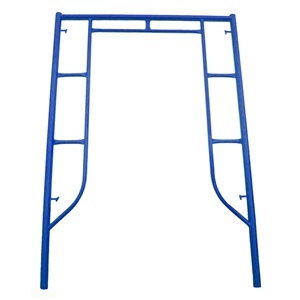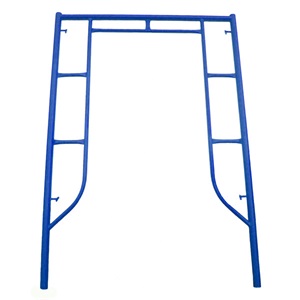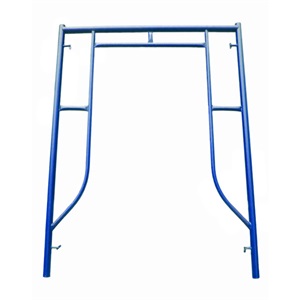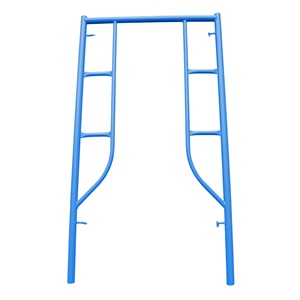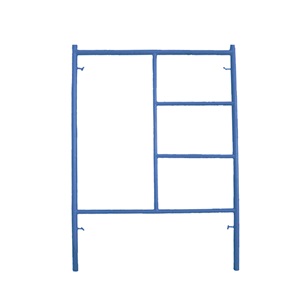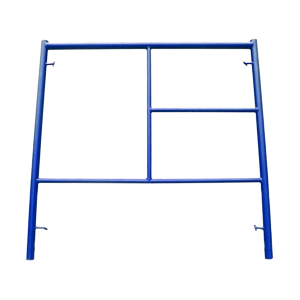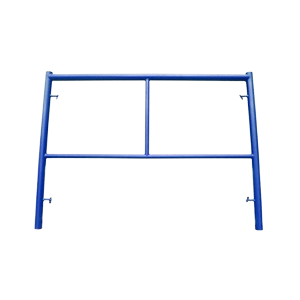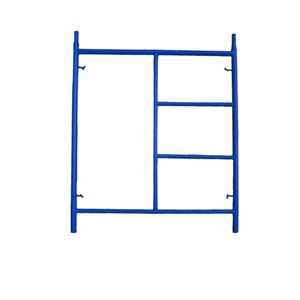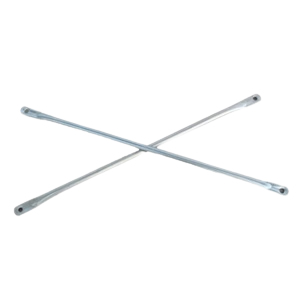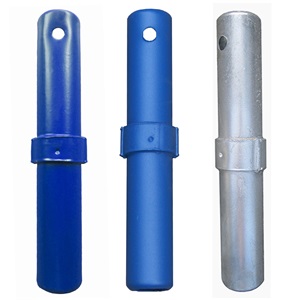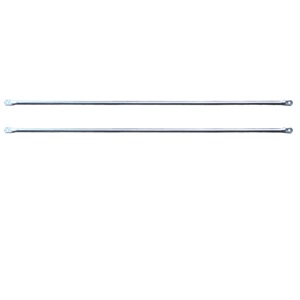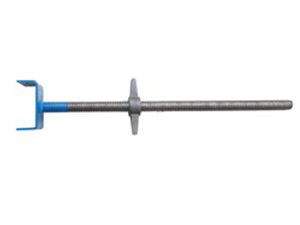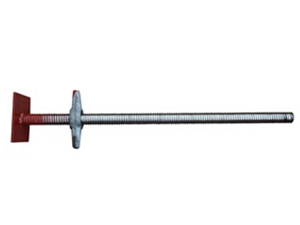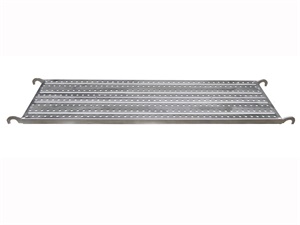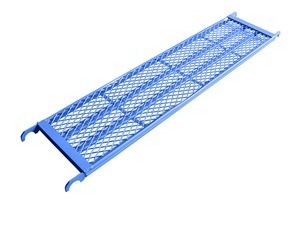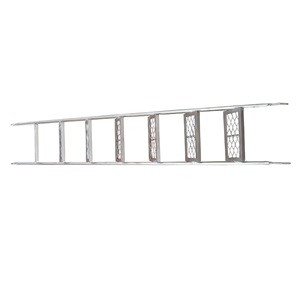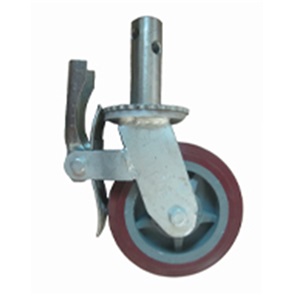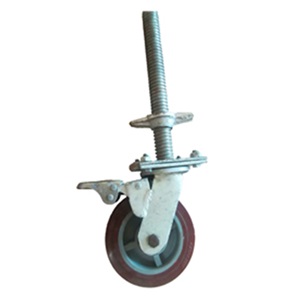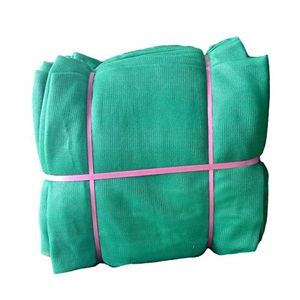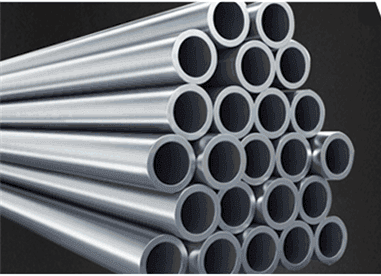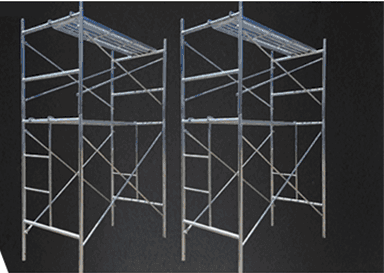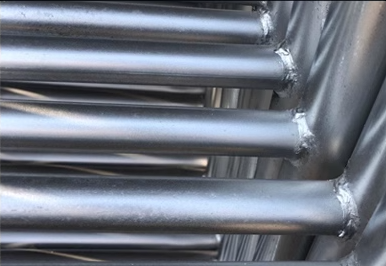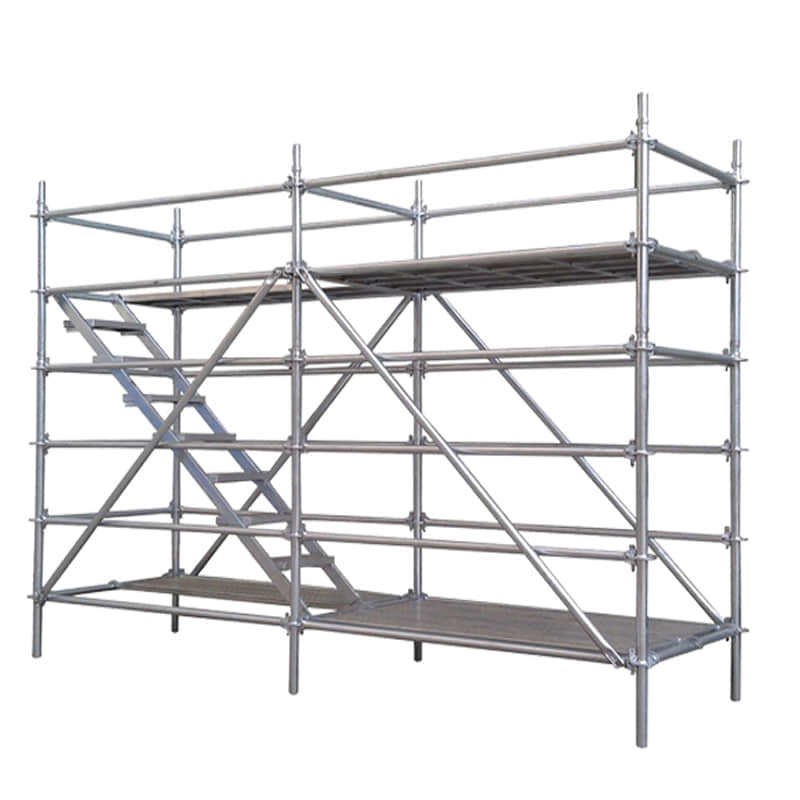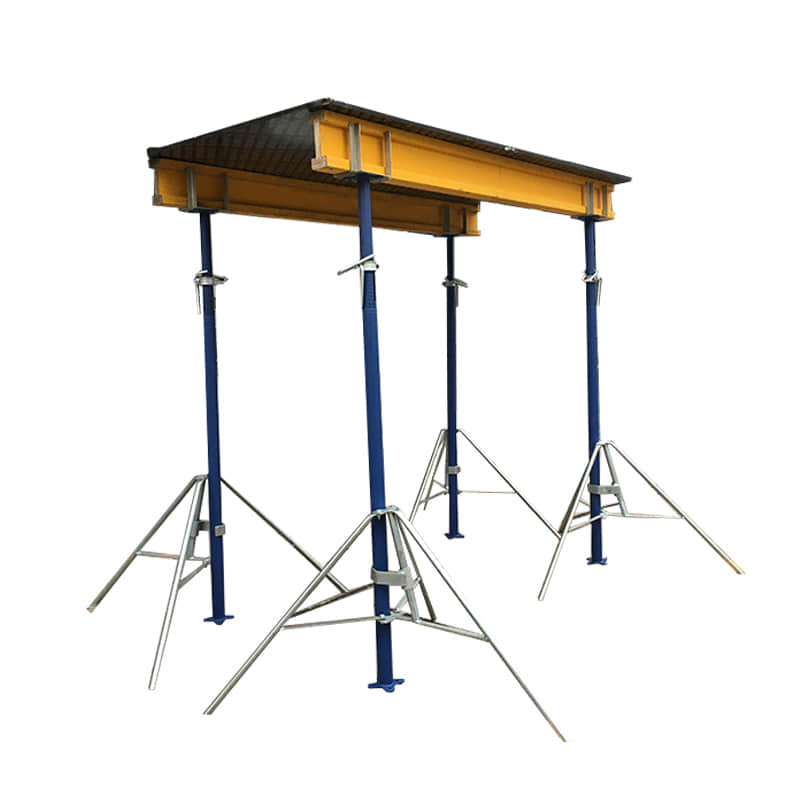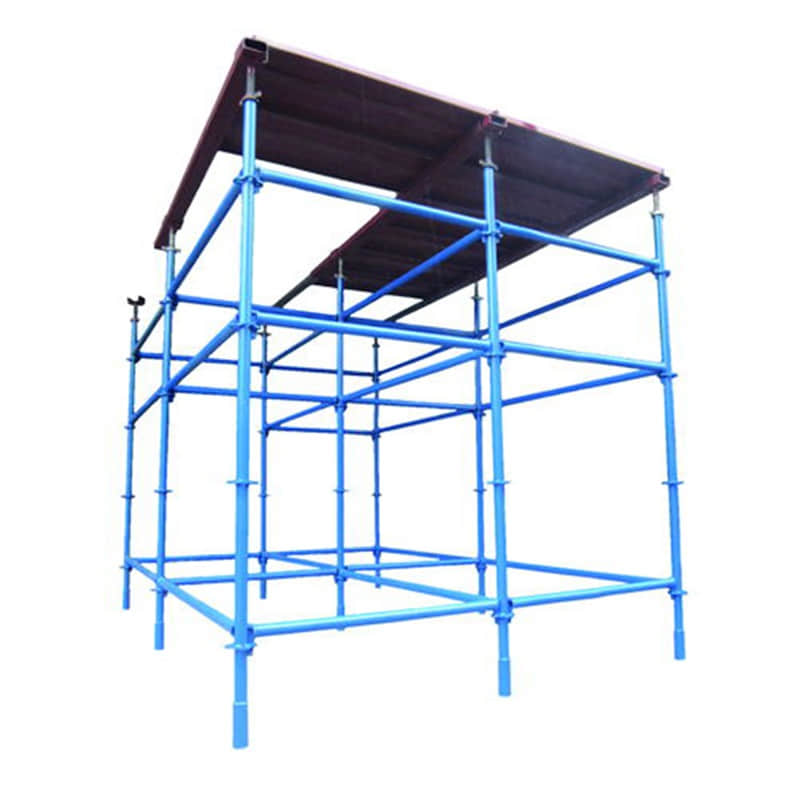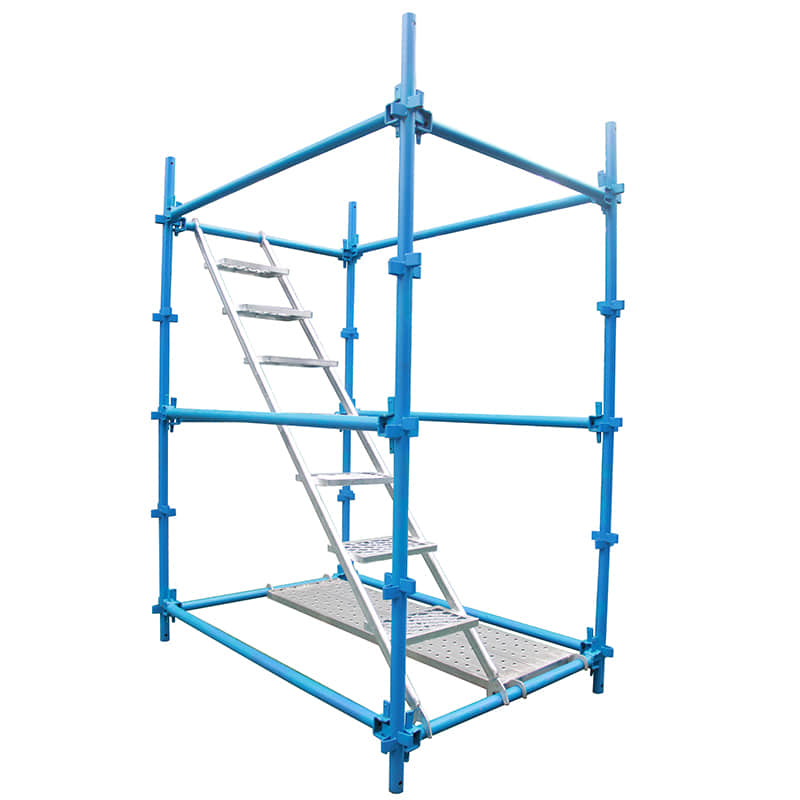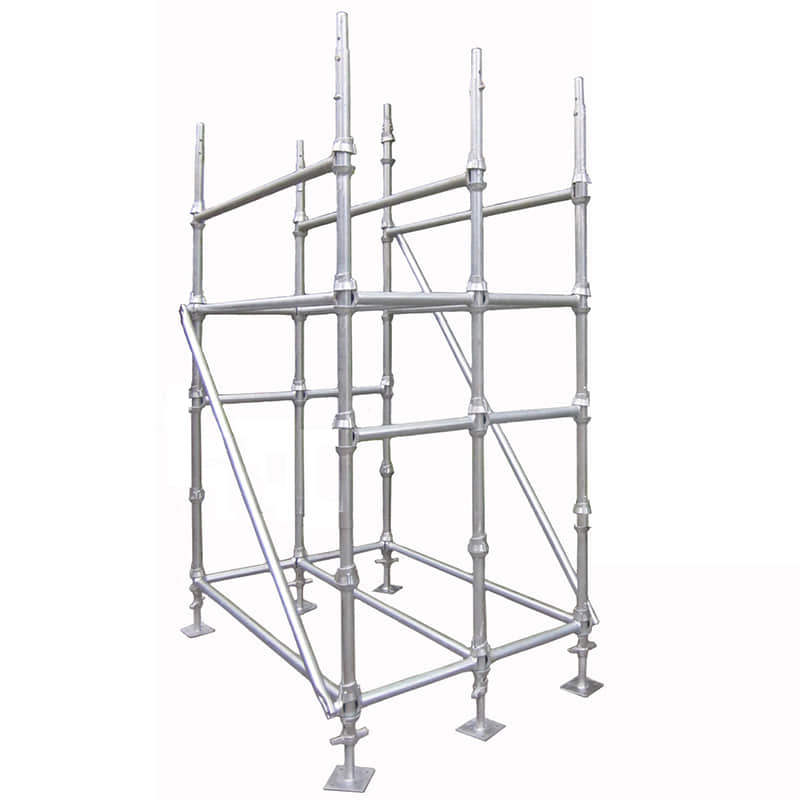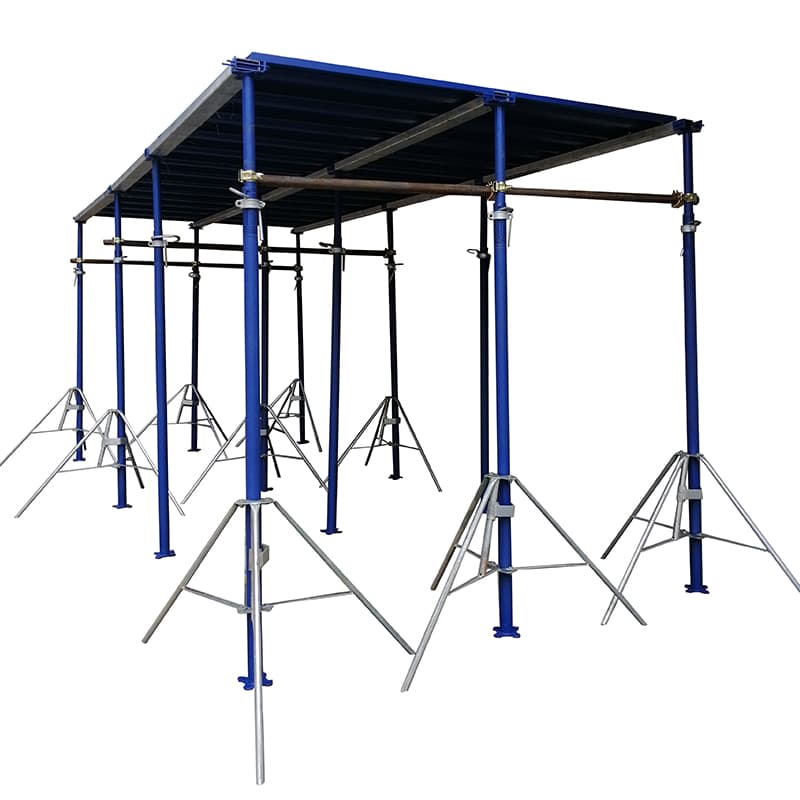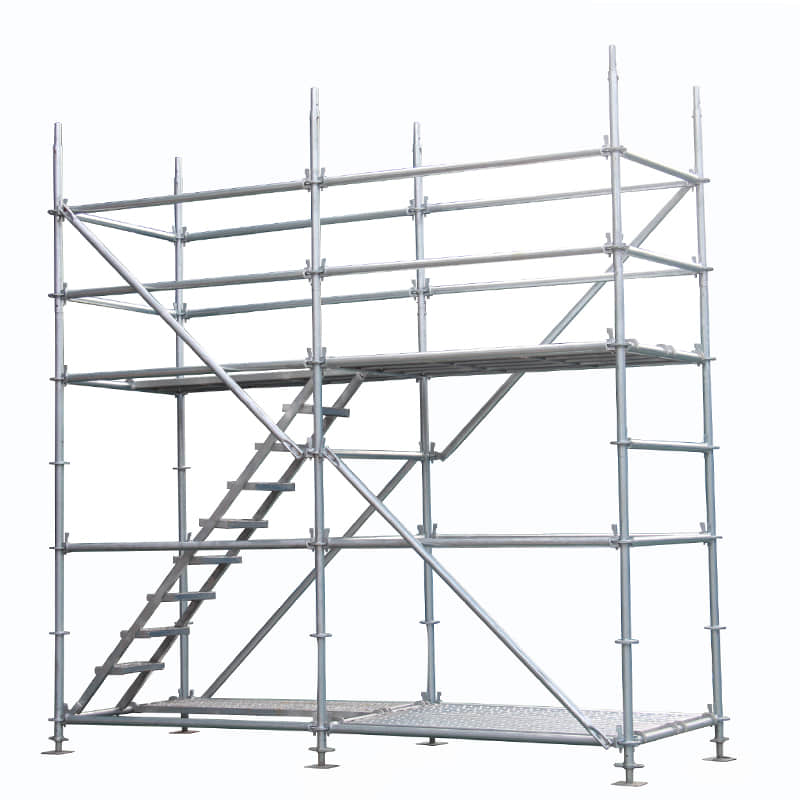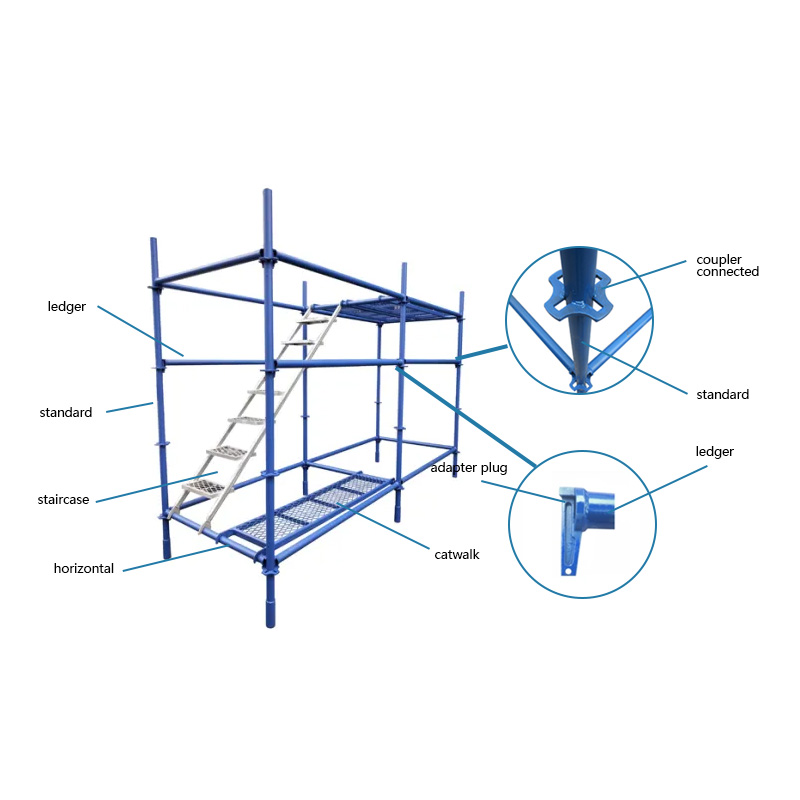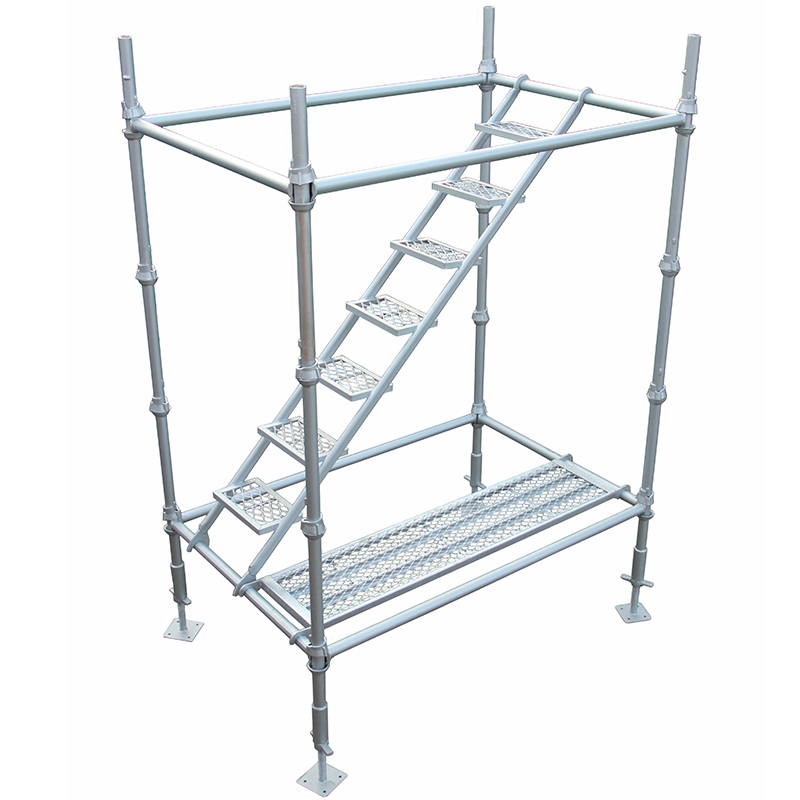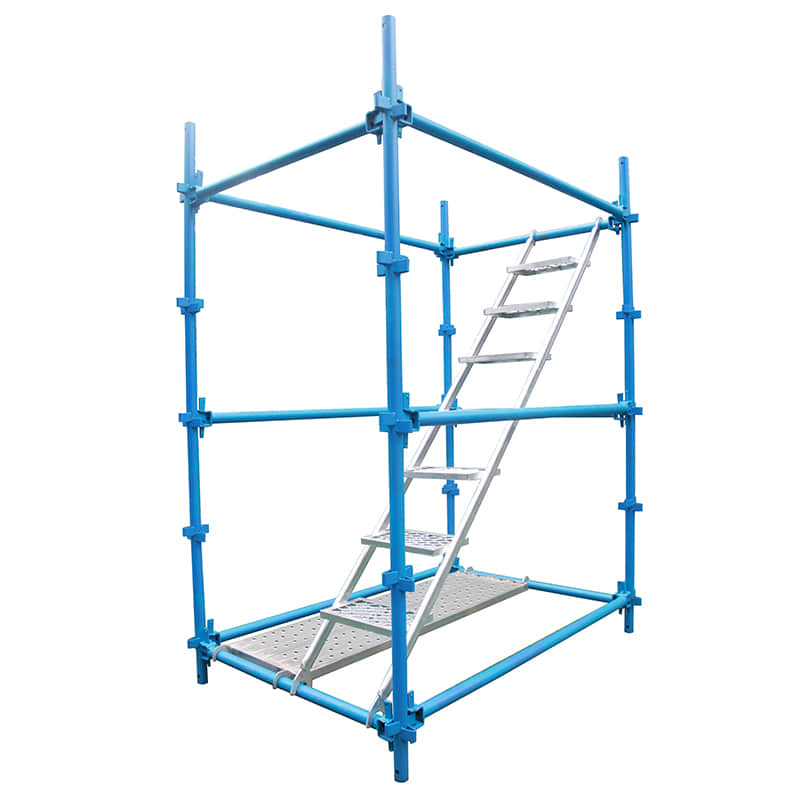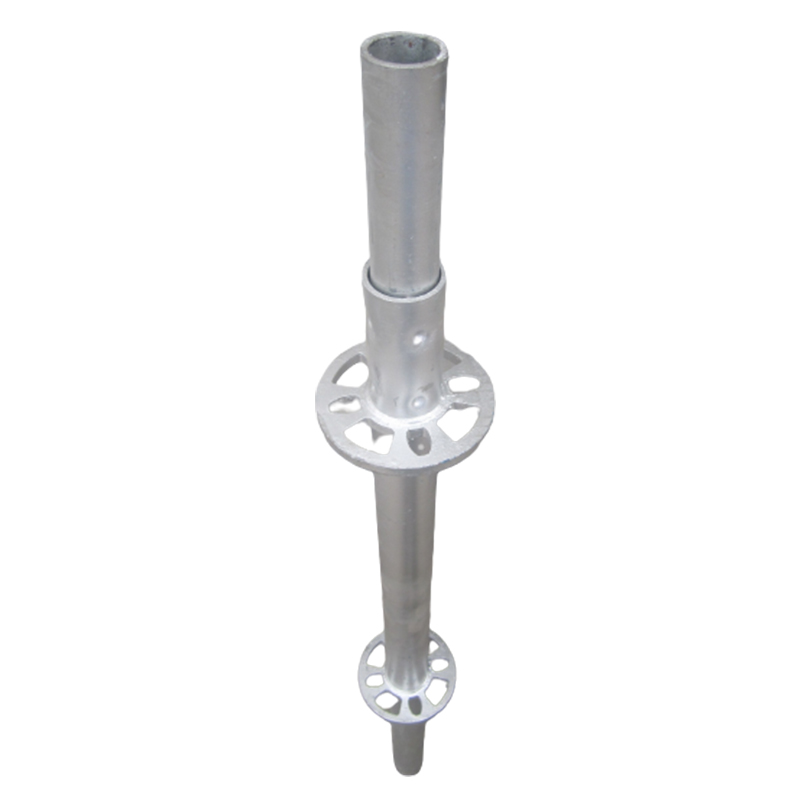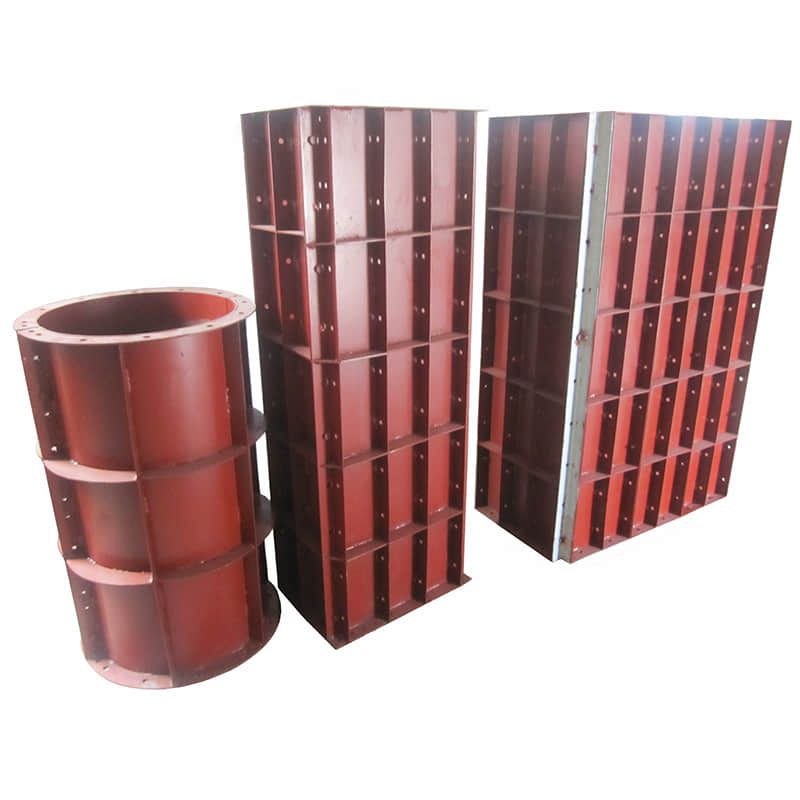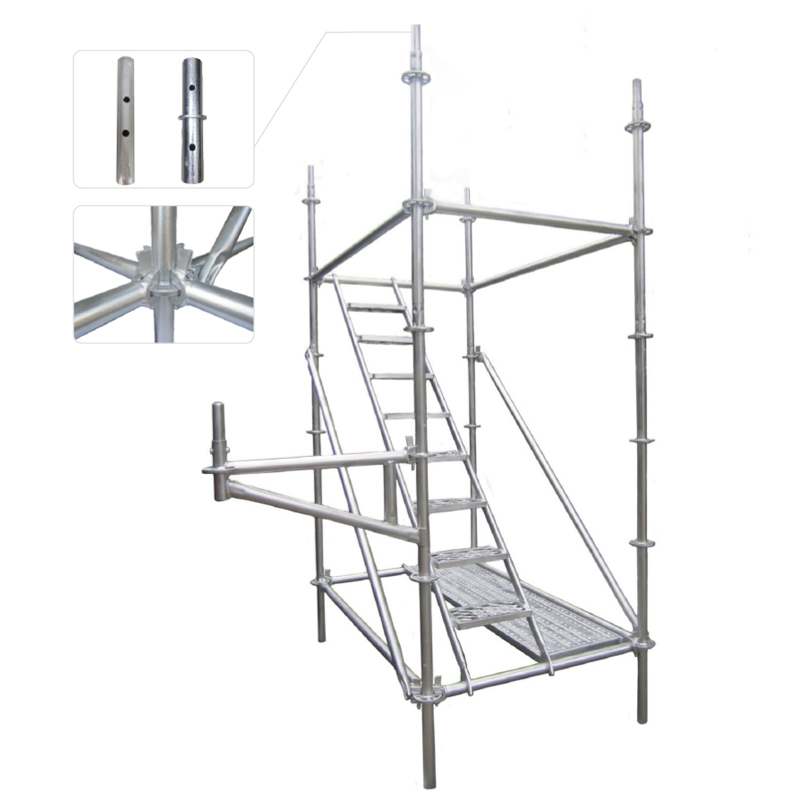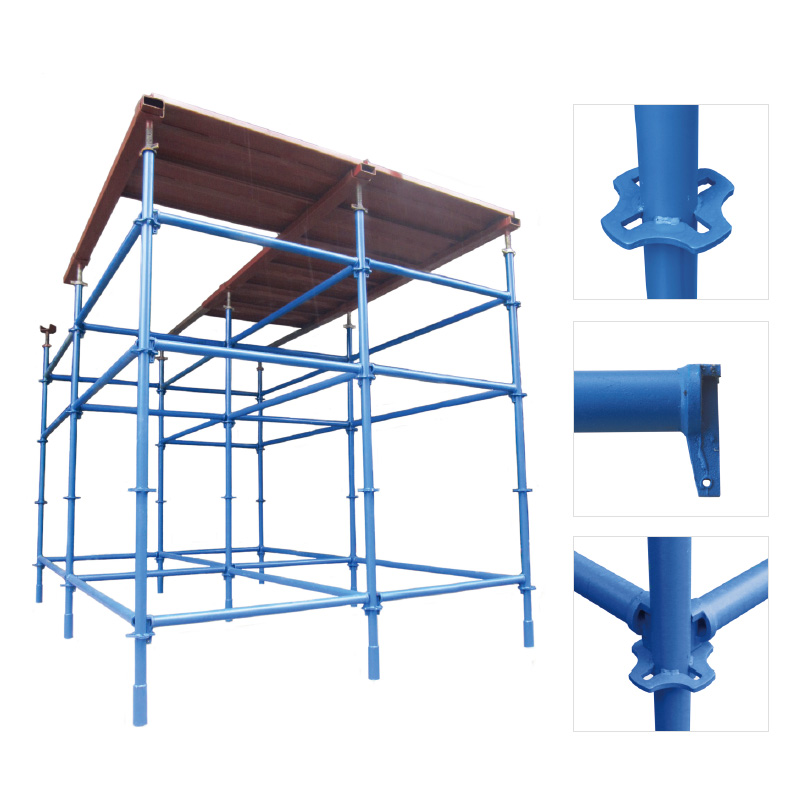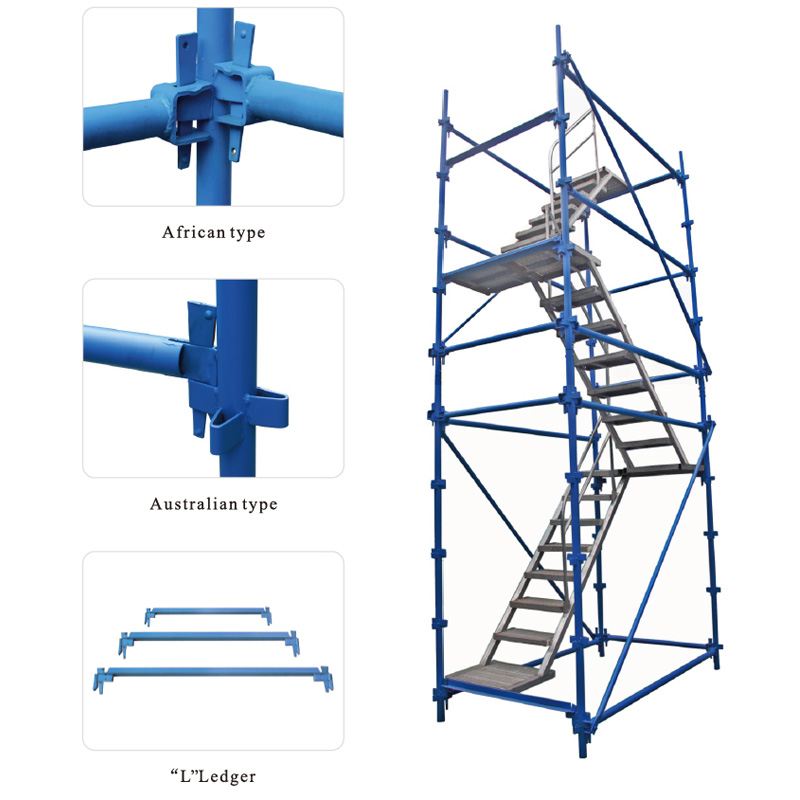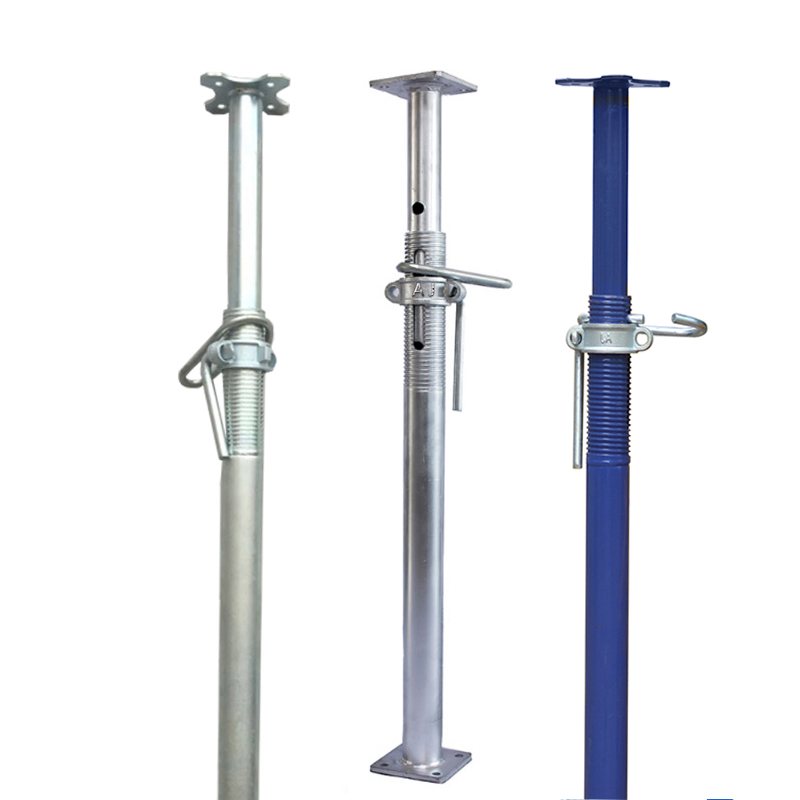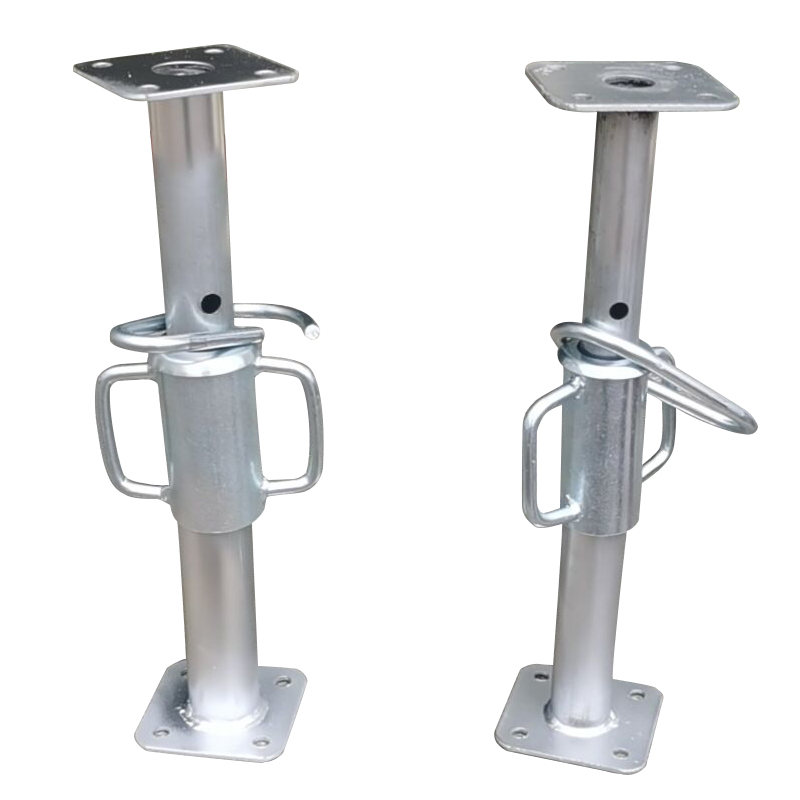Wholesale Walk Through Frame Scaffolding System Supplier
Frame scaffolding is the earliest type of scaffolding used in China. There are walkthrough frames and mason frames, also called H-frames or ladder-frames. We will introduce you to frame scaffolding in the video below.
Frame Scaffolding System Standard
AJ Building offers two types of frame scaffolding, H-type and Ladder-type, and is available in standard sizes. If you need a special size, please contact us and we can customize it for you!
H Frame ScaffoldingIt is also called door frame scaffolding because it is shaped like a door, can be used again and again and has a durability of 10 years or more, the recovery of the original cost can be achieved, the maintenance cost is low. |
|||
|
Size: 1930*1219*2.2mm/1930*1219.2.0mm |
Size: 1700*1219*2.2mm/1700*1219.2.0mm
|
Size: 1524*1219*2.0mm |
Size: 1700*914*2.0mm |
Ladder Frame Scaffolding
The role of ladder scaffolding and h scaffolding is the same, but it is more conducive to climbing |
|||
|
Size: 1700*1219*2.2mm |
Size: 1219*1219*2.2mm |
Size: 914*1219*2.2mm |
Size: 1524*1524*2.2mm |
Walkthrough Frame Scaffolding Components
|
Cross BraceCross bracing is used to keep buildings stable during events such as wind and earthquakes. Size: 2198*1830*1219mm, 2045*1830*914mm, 1928*1830*610mm |
Joint PinA scaffolding pin joint is a connection between two objects that allows only relative rotation about a single axis. Length: 200mm |
Horizontal braceHorizontal bracing is used to resist the horizontal/lateral loads on the structure and distribute them to the outer columns, thus entering the vertical stabilization system. Length: 1830mm |
|
|
|
|
|
Ladderused to allow a worker to pass from one level of a scaffolding structure to another. Size: 2514*430mm, 2710*430mm, 2860*430mm |
PP Fixed Wheelwheels are an accessory of scaffolding, used to move scaffolding Size: 290*150mm |
Adjustable PP WheelWheels with lift function to adjust the height of the scaffold Size: 490*150mm |
Safety Netsafety net can protect the people and property from hurt or injury Size: 5.6*1.8m/50*3m |
Quality Materials Selection For Frame Scaffolding
Walk Thru Frame Scaffolding's Advantages
These advantages make frame scaffolding a popular choice in the construction industry for its practicality, safety, and efficiency.
- Modularity: Frame scaffolding is modular, making it easy to assemble, disassemble, and customize to fit various project requirements and site conditions.
- Stability: It provides excellent stability and load-bearing capacity, making it suitable for heavy-duty construction tasks.
- Flexibility: Frame scaffolding can be adapted to different shapes, sizes, and heights, making it ideal for projects with irregular or confined spaces.
- Safety: Safety features such as guardrails, toe boards, and cross-bracing are readily available to enhance worker safety.
- Accessibility: Frame scaffolding provides easy access to different areas of a building or structure, facilitating construction, maintenance, and repair work.
Company Service-3D Model
Our team has rich design experience and professional skills and can provide you with high-quality and accurate 3D design services of door and ladder scaffolding. Through advanced 3D modelling techniques, AJ Building are able to bring to life the structure, materials and actual application scenarios of scaffolding products to provide you with the most intuitive presentation.
Contact us now and let us provide you with the best 3D design solution for your scaffolding products!
Customization Of Frame Type Scaffolding
Surface Finishing

1. Hot Dip Galvanising: We have introduced an advanced hot dip galvanising process in which scaffolding components are digitally controlled and galvanised by immersing them in molten zinc. This process provides a uniform, dense zinc layer on the surface of the product, improving its corrosion and weather resistance.
2. Powder Coating: We adopt digital spraying process to colour, anti-corrosion or decorate the scaffolding products by spraying uniform coating to enhance the appearance quality and durability of the products. So we can choose different colours such as red, blue, yellow etc.
3. Pre-galvanising: This process coats steel with a layer of zinc before manufacture to prevent rusting due to oxidation during use. The pre-galvanising process is cheaper than the hot-dip galvanising process.
Size
Height Adjustment: We customise the height of our frame scaffolding to the needs of your project for your indoor-outdoor construction.
Frame Dimensions: The width and depth of the frame can be adjusted to accommodate different workspaces and access requirements. For irregularly shaped structures, please contact us for customisation.
Cross-Bracing: The spacing and position of the beams can be adjusted, but this will affect the stability of the whole scaffolding system, so please consult our engineers for a solution.
Frame Scaffolding Project Experience
Masonry walk through frame scaffolding is versatile and suitable for various construction projects, including both indoor and outdoor applications. It is commonly used in residential, commercial, and industrial settings for tasks such as:
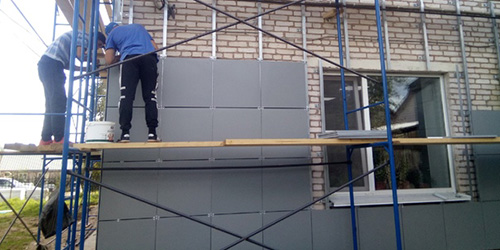 |
Building Maintenance
Facilitating exterior maintenance work, including painting, repairs, and window installations. |
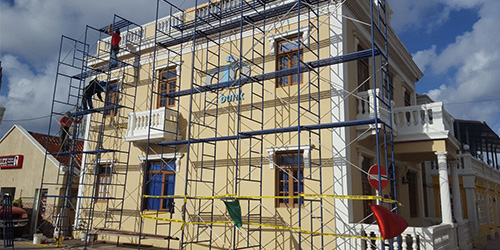 |
Construction Projects
Supporting construction activities like concrete pouring, bricklaying, and plastering for walls and ceilings. |
Package Of Steel Frame Scaffolding
Metal frame scaffolding is typically packaged in a way that ensures safe transportation and convenient handling. The packaging may involve bundling or stacking the individual components, including frames, cross braces, and accessories, using straps or bands to secure them. Components are often organized and packed systematically to simplify assembly and minimize confusion during setup. Additionally, protective coverings or wraps may be utilized to shield the scaffolding components from damage during transit, particularly if the packaging is exposed to weather conditions or rough handling. The packaging is designed to maintain the integrity of the components and facilitate efficient unloading and deployment at the construction site.
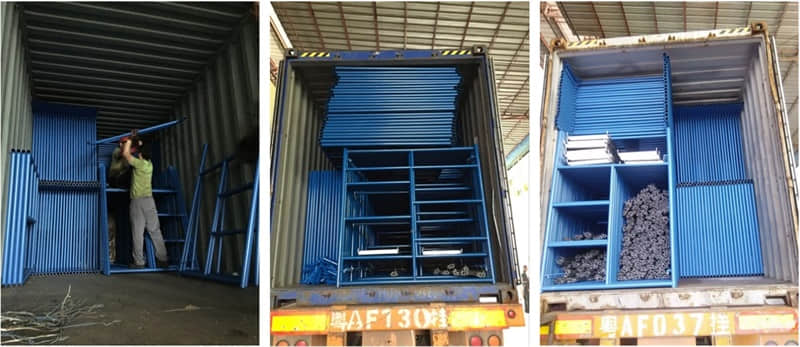
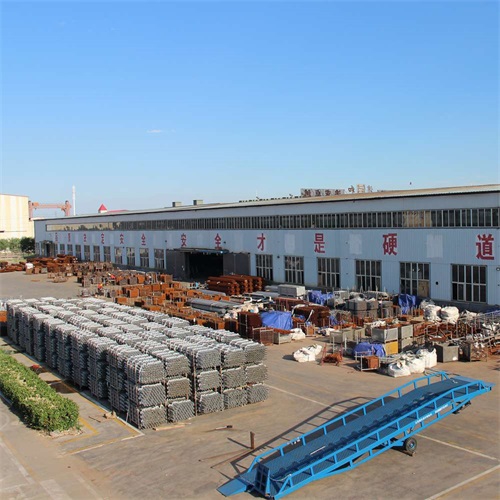 |
Why Choose AJ Building
AJ Building is a professional scaffolding manufacturer in China, wholesale ladder type, H-frame scaffolding and so on. We are not only able to produce your scaffolding style and size. We can also design scaffolding frames to suit your building scaffolding and formwork design and safety load capacity requirements. AJ Building is committed to placing clients’ interests first with uncompromised integrity, transparent cost reporting, and exceptional service. When completing a project, whether a high‐rise tower or a small interior renovation, AJ Building provides the finest quality in construction results with the most cost-effective use of every construction. |
The Complete Guide To Frame Scaffolding
Overview Of Frame Scaffolding
Frame scaffolding, also known as door or ladder scaffolding, is a kind of large scaffolding which is commonly used on construction sites. The characteristic of this scaffold is that the frame and cross support are combined in a certain way, which is convenient to use in various ways in various occasions such as construction, repairing, and experimenting. Frame scaffolding is composed of vertical rod, horizontal rod, cross rod, cross, scissor, foot piece and other components. By assembling the components, the components are standardized, which makes the installation very fast, safe and efficient.
Features:
- Stable: The frame structure is stable in both vertical and horizontal direction.
- Fast erection: Components and connections of frame scaffolding are standardized, which ensures quick and easy erection and dismantling of the scaffold.
- Good applicability: The number and layout of frames can be adjusted to meet construction requirements of different situations.
- Good comprehensive benefit: The frame structure has high reuse rate, good durability and low maintenance cost.
Widely Used Scaffolding System
- Ringlock Scaffolding System
- Cuplock Scaffolding System
- Kwikstage Scaffolding System
- Steel Props System
- Quicklock Scaffolding System
Components of Frame Scaffolding
- Frames: Composed of two vertical members and one horizontal member, frames are actually the skeleton of the frame scaffolding system. The measurements and construction of frames make it look like a gate or door frame. The vertical members are placed upright to support the weight of the scaffolding system and the construction activity.
- Cross Braces: To prevent the frames from swaying sideways, the cross braces are installed at right angles to each frame. The series of components that make up frame scaffolding provide rigid support for the platform.
- Platforms: In terms of definition, a platform is a point from which the scaffold or the workman can operate. However, in frame scaffolding, the term platform can be used to refer to the planks required to be placed on the frames. It provides a firm and rigid support for the work-space over a scaffold.
Optional Accessories for Frame Scaffolding
Surface Treatment
- Hot-dip Galvanizing: The process of soaking all the metal parts in a molten zinc bath to form a zinc coating. Provides long-term corrosion protection, suitable for outdoor or humid scaffolding.
- Electro Galvanizing: The metal surface is electroplated to form a zinc coating. The film is thin and the corrosion resistance is low. However, it is cheap and the surface is relatively smooth.
- Powder coating: The scaffold surface is sprayed at room temperature with powder particles containing 95% of resin and 5% of additives anti-corrosive pigment with static electricity to electrify the coating. When the powder reaches a certain thickness, the hot air of the oven will be used. The furnace enters the powder and melts together to form a layer of coating. The coating has a longer service life and many colors.
- Paint: The ordinary scaffold is coated with paint on the surface to form a protective layer. Painting is available in any color, but lacks corrosion resistance and wear resistance compared to the other coating methods.
- Cold galvanizing: It is not truly galvanizing, but rather a painting process. the paint contains zinc powder, which can form a protective layer on the metal surface. However, this method is not hot-dip or electro galvanizing; it is applied to the metal's surface. Cold galvanizing is mainly used as a repair or supplementer to fully galvanized parts.
How to Use Frame Scaffolding
- Base installation: First, install the base or footplate, and make sure that each base is stable and level with the ground. Adjustable bases may be used if the ground is not even.
- Frame erection: Erect the frames and install them according to planning. Make sure the frames are erected vertically and then install them tightly to each other with cross braces or diagonal supports.
- Cross braces and diagonal supports: Install these components to boost the overall strength of the structure. Ensure that all wedge and pin connections are sturdy and strong.
- Work platform: Install the work platform at the desirable height and then lock it well in place on top of the frame.
- Safety accessories: Install guardrails and toe boards around the scaffold's outer edge to protect against fall from heights of both people and objects. Additionally, provide safety nets if required by local regulations.
Read More: Detailed Construction Steps Of Frame Scaffolding
Load-bearing Capacity of Frame Scaffolding
The load-bearing capacity of frame scaffolding is generally divided into different levels. In international and Chinese standards, scaffolding load levels are divided into light, medium, and heavy duty.
- Light Duty: Usually 150 kg/m². Used for painting, maintenance, and renovation.
- Medium Duty: Generally 450 kg/m². Used for general construction, repair, including bricklaying and plastering.
- Heavy Duty: The maximum permissible load 750 kg/m². For example, large-scale building structures.
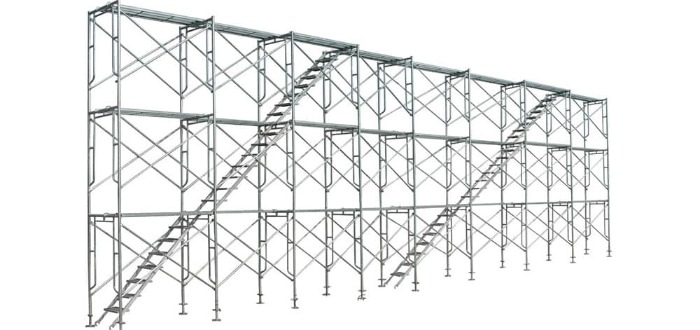
Application Scope Of Frame Scaffolding In Other Fields
- Construction Industry: Frame scaffolding is widely used in construction industry, especially in the outer wall construction and inner decoration of high-rise building, which can ensure the stability and safety of frame scaffold and play a good role in protecting the safety of construction personnel.
- Bridge and Culvert Engineering: Frame scaffolding is also widely used in bridge and culvert construction, because the construction of bridge and culvert relies on frame scaffolding. It not only has the working platform for the layout of construction facilities, but also can be well adapted to the construction environment by adjusting flexibly. It is very important to rely on frame type for the construction of culvert and bridge.
- Water Power Station and Large Engineering: In the construction of large projects, such as water and hydropower station construction, we can also use frame scaffolding, because the medium erection of the scaffold can carry a large load and the construction platform is safe and stable, especially in the complex landform and geographical environment.
- Temporary Facilities: In addition to the above fields, it can be widely used as temporary facilities, such as exhibition shelves, part of the large-scale event stand, temporary passage and so on, which can be disassembled at will, which is very convenient and improves the utility of the scaffold.
Storage Methods Of Frame Scaffolding
The maintenance and storage of frame scaffolding are important links to ensure its long-term effective use and maintain good performance. Proper maintenance and storage can not only extend the lifespan of the scaffolding but also ensure safety every time it is used. Here are some key maintenance and storage suggestions:
Maintenance
- Regular Inspection: Regularly conduct a comprehensive inspection of the scaffolding, including checking all components for damage, deformation, or corrosion. Pay special attention to checking the connections, locking mechanisms, and support structures.
- Cleaning: After each use, clean all parts of the scaffolding to remove dirt, oil, and other substances that may cause corrosion.
- Repair and Replacement: Any damaged or worn parts discovered should be repaired or replaced immediately. Defective parts should not be used.
- Rust Prevention: Perform appropriate rust prevention treatments on metal parts, such as re-galvanizing or repainting the surface if necessary.
Storage
- Choose an Appropriate Storage Location: Scaffolding should be stored in a dry, well-ventilated place, avoiding direct exposure to the external environment, especially avoiding contact with damp ground.
- Neat Stacking: The various parts of the scaffolding should be neatly stacked by type and size for easy management and retrieval for next use. Ensure the stack is stable to prevent collapse.
- Prevent Deformation: During stacking, pay attention to distributing the weight evenly to avoid deformation of the parts due to uneven pressure over a long time.
- Cover Protection: In harsh weather conditions or for long-term storage, consider using waterproof cloth or other covers to protect the stacked scaffolding from direct rain and sunlight.
- Identification Management: Properly manage the identification of stored scaffolding parts, such as labeling or area division, to facilitate identification and management.
By following the above maintenance and storage suggestions, the frame scaffolding can be effectively protected, ensuring good performance and safety in long-term use.
FAQ
Q:How does frame scaffolding differ from other types of scaffolding?
A:Frame scaffolding consists of vertical frames and horizontal cross braces that create a rectangular frame. It's characterized by its ease of assembly, versatility, and adaptability to various construction projects.
Q:How is frame scaffolding assembled and disassembled?
A:Frame scaffolding is typically assembled by stacking frames vertically and securing them with cross braces. Platforms or planks are then placed across the frames. Disassembly is done in the reverse order, starting from the top.

 en
en fr
fr es
es